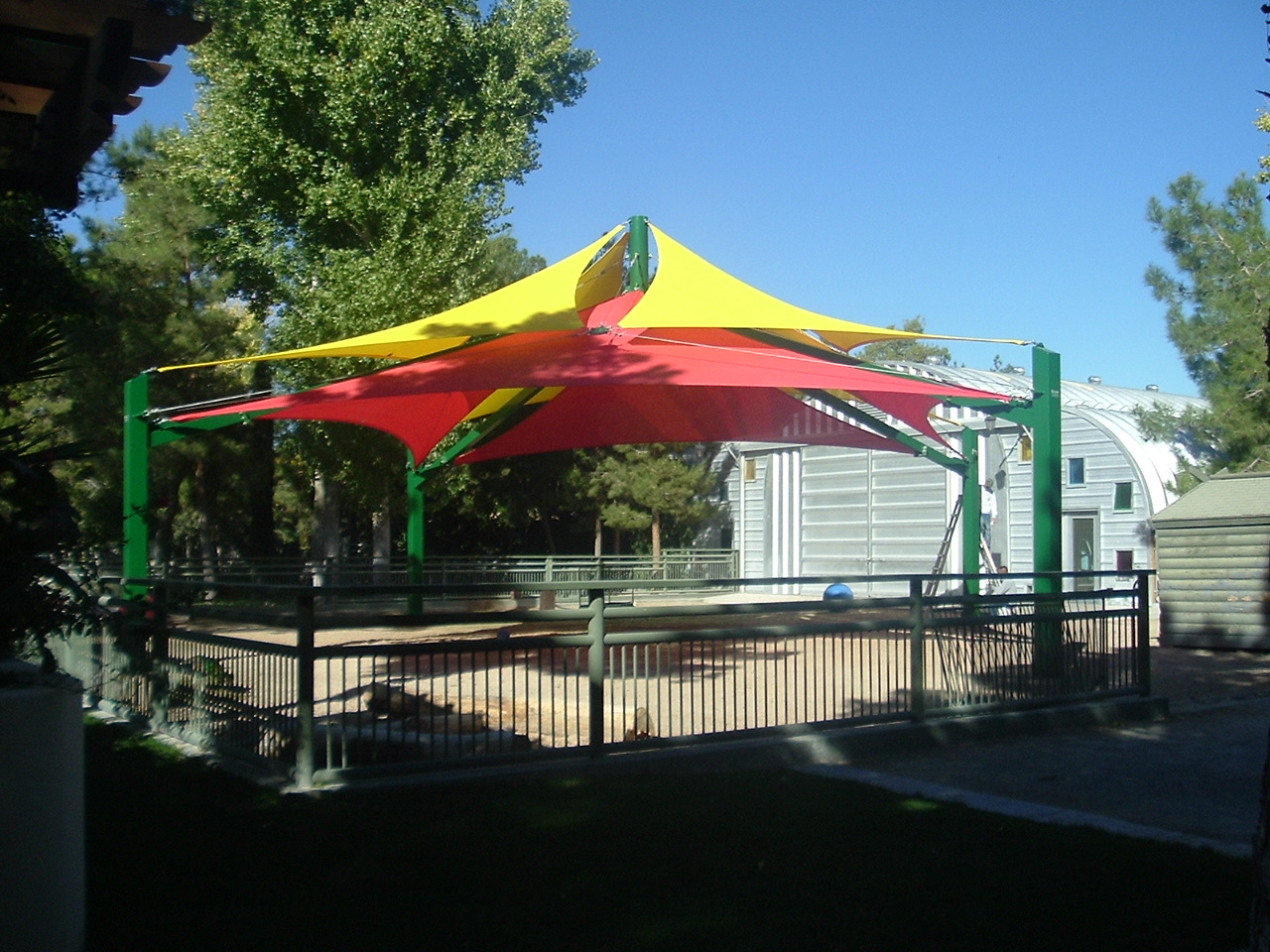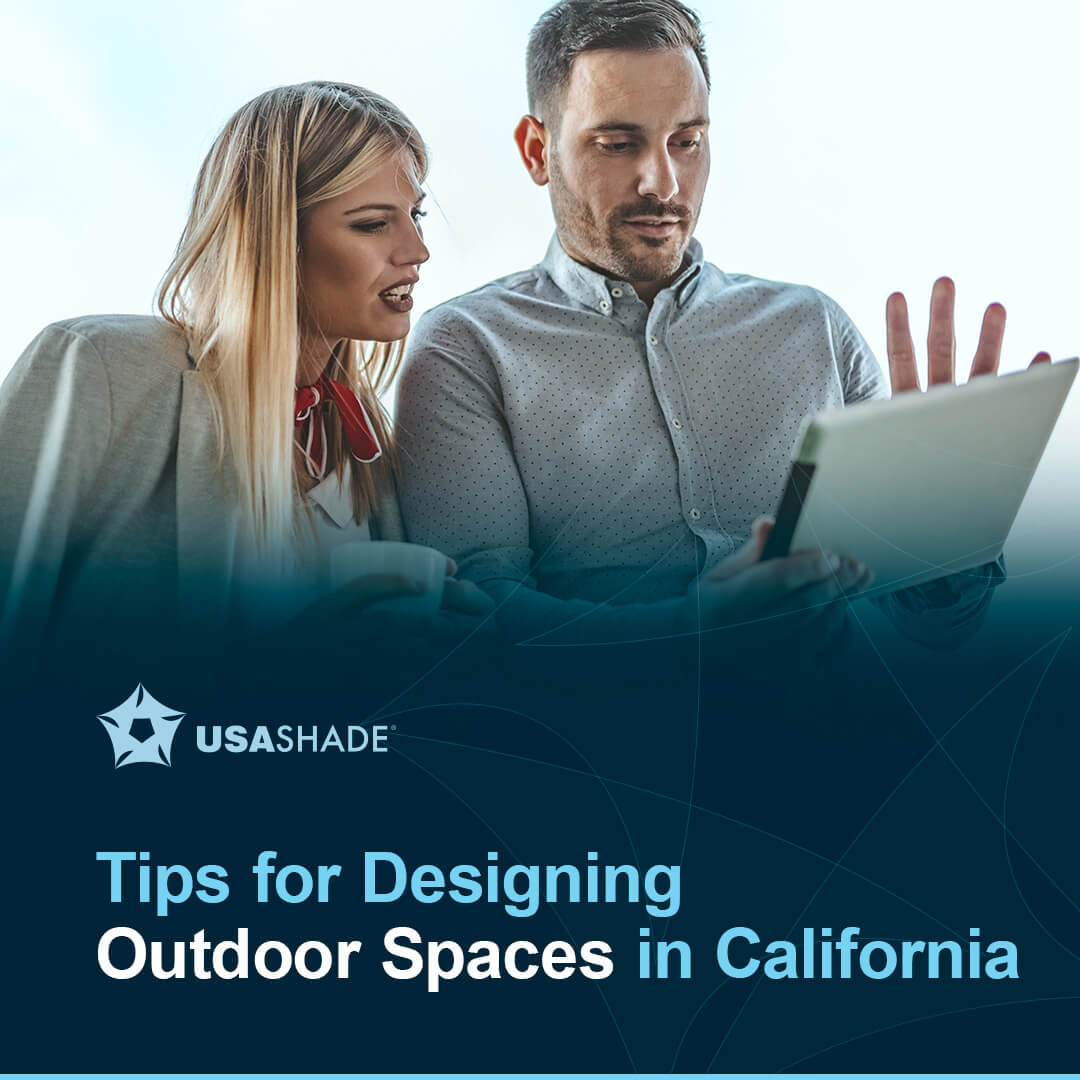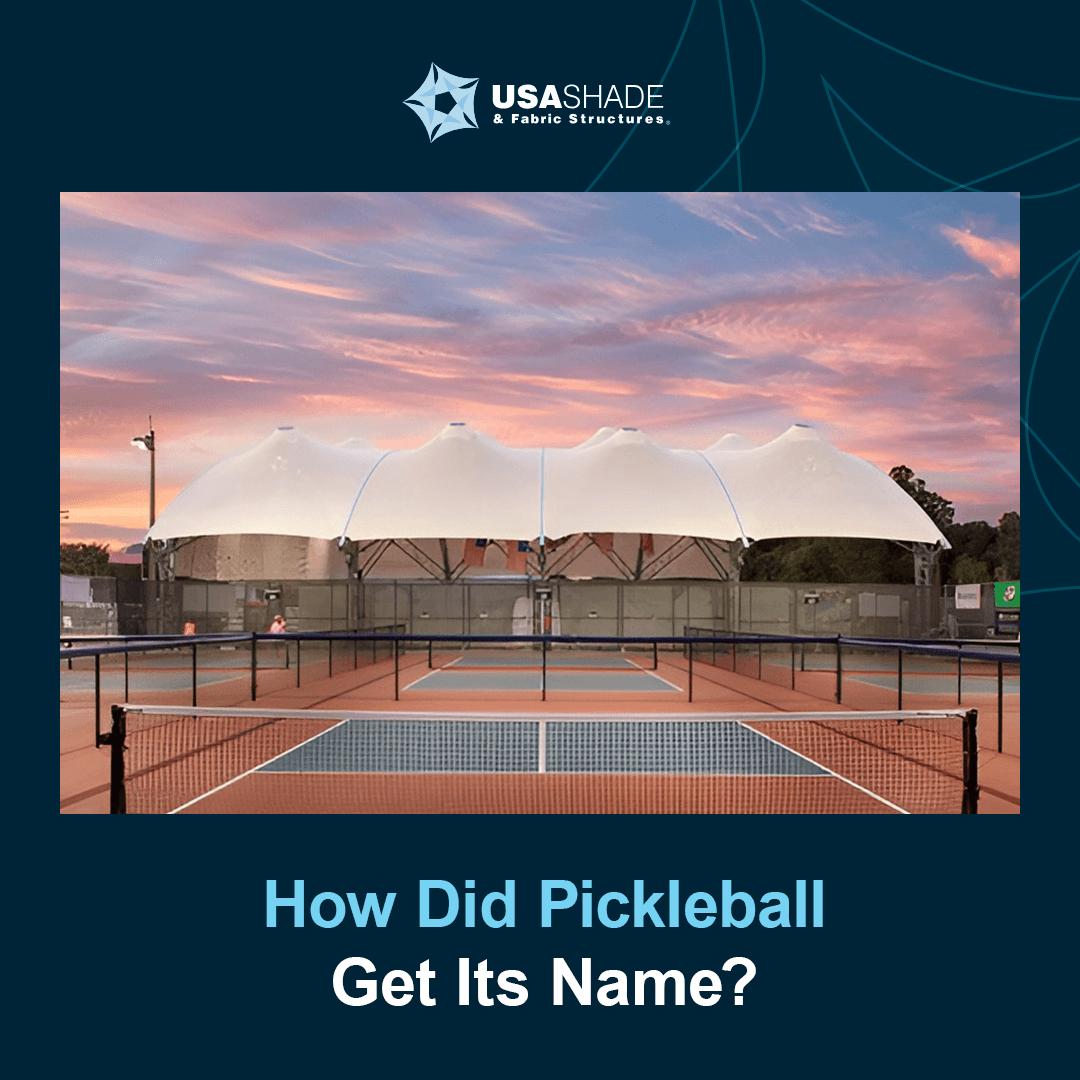While shade is a potentially valuable means of protection from the damaging effects of the sun’s ultraviolet (UV) rays, not all shade is equally protective. People can spend long hours in the shade while still receiving quite a lot of sun exposure and risking skin damage. This is because UVB rays, often considered the most harmful part of sunlight, can reach the skin indirectly. Indirect or diffuse UV light is radiation that has been scattered by the clouds and other elements in the atmosphere, and/or bounced back from UV-reflective surfaces like dry sand or concrete. In fact, a large percentage of the UV light we receive while sitting under a tree or an umbrella is indirect. We can rely only on deep shade (where we cannot see the sky and no UV penetrates) to offer truly complete protection.
Heads First!
Skin cancers are disproportionately concentrated on the head compared with other parts of the body. Faces (the nose in particular) are especially at risk, and for men, the ears are a focal point for melanoma, the deadliest form of skin cancer. Although the head is easy to protect, too often it is left bare because hats are seen as unfashionable or an unnecessary burden. Even when hats are worn, many provide only minimal shade — especially for the nose, ears, and neck.
Hats with broad brims all around and those with brims angled downwards provide the greatest UV protection; brims must be at least three inches wide to provide reasonable sun protection around the nose and cheeks. Research has shown that broad-brimmed hats provide protection equivalent to an SPF (sun protection factor) of approximately 5 for the nose, ears and neck, while baseball-style caps offer about the same protection for the nose but little for other parts of the face, including the cheeks and chin. Legionnaire-style hats, which resemble baseball caps but have long ear and neck flaps, provide satisfactory protection (SPF 5 or more) for the neck as well as the face.
Umbrellas
Unless they are very large, umbrellas provide relatively little UV protection. Their SPFs can range from 3–106 and their UPFs up to 50+ (UPF, the ultraviolet protection factor, measures protection from UV radiation in fabrics. A shirt with a UPF of 30 indicates that just 1/30th of the sun’s UV radiation can reach the skin), but no matter how high the fabric’s SPF or UPF, the amount of UV present beneath an umbrella can be up to 84 percent of that in sun depending on the levels of indirect UV; the amount of indirect UV is proportionate to the amount of open sky visible from the shade. Therefore, a single umbrella on a sandy beach by the sea provides limited sun protection because so much UV is reflected under the umbrella from the surfaces of the sand, water and sky.
Trees
Shady trees are always inviting on a hot, sunny day, and those with large spreads of dense foliage best protect us from the sun, while those with sparse foliage are not as protective. If you can, choose a tree near other trees, or buildings, to further block out the sky.
Factors that increase the amount of scattered or indirect UVB, such as reflective surfaces, will decrease the protection trees can provide. The same tree actually gives less protection earlier and later in the day, when the proportion of diffuse UV is high, than it does in the middle of the day when the sun is more directly overhead. Similarly, someone sitting under a tree on a sunny day with little indirect UV is better protected than someone sitting under the same tree on a cloudy day, when there is more indirect sunlight. However, any tree cover is better than none.
Other Shade Structures
Shade structures such as roofed areas, shade-sails (UV-protective fabrics that can be installed over outdoor areas) and pergolas (free standing, open-roofed arbors) vary widely in the amount of protection provided.
Factors that determine how well a structure provides shade include the size of the structure, its orientation (which direction it faces), and where it is in relation to other structures, such as buildings, trees and other vegetation. The amount of UV protection provided by a structure is also contingent upon the angle of the sun and the degree of cloud cover. Because the amount of diffuse UV that hits the skin depends on the amount of open sky visible from the shade, larger shaded areas provide more protection than small ones. Shade structures with side-on walls or other side protection, and those surrounded by other structures provide the greatest shelter from the sun’s rays.
Beyond Shade
Shade alone can rarely provide full UV protection, especially for prolonged periods. However, it is one important element in a comprehensive sun protection program that includes covering exposed skin with clothing (particularly clothes made of bright- or dark-colored, tightly woven fabrics), wearing hats and sunglasses, and regularly using sunscreen with an SPF of 15 or higher. All these steps taken together will help ensure that we are adequately protected from the sun’s rays when we are outdoors.
via: skincancer.org original post link





